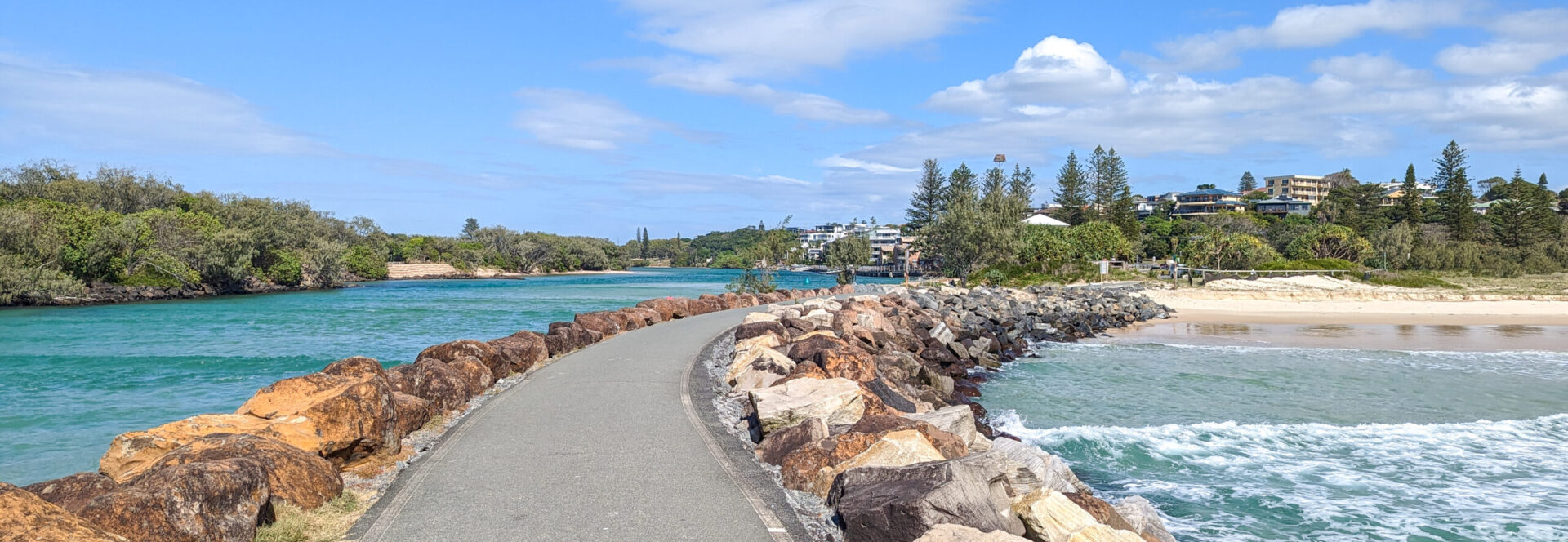A blooming Poui Tree in a backyard or adorning the roadways is always a good photo opportunity. These evergreen tree bloom various colours such as brilliant pink, yellow or white.
Here are a few photos showcasing the beautiful yellow Poui Trees
This magnificent tree, native to Central and South America, is known for its vibrant yellow blossoms that create a stunning display, especially when contrasted against the deep blue skies of tropical regions. Strolling through a park or driving along tree-lined streets, these golden bursts of color are impossible to miss.
What Are Yellow Poui Trees?
Yellow Poui (scientific name Tabebuia chrysantha) belongs to the trumpet tree family (Bignoniaceae). While it is native to countries like Venezuela, Brazil and Ecuador, it has spread to other regions, including the Caribbean and parts of Southeast Asia, where its beauty is celebrated. These trees can grow up to 30 meters tall, making them quite a spectacle when in full bloom.
In places like Panama and Trinidad, the Yellow Poui is celebrated as a herald of the dry season, bringing color to the landscape just when everything else seems a bit dull. The tree usually blooms between March and May, blanketing the ground with golden petals as its flowers fall, creating a magical carpet of yellow.

Fun Facts About the Yellow Poui
- National Flower: In Venezuela, the Yellow Poui is the national flower, known locally as “Araguaney.” It symbolizes strength and beauty and is celebrated during national events.
- Longevity of Blooms: The flowering period of the Yellow Poui is relatively short, usually lasting just a few weeks. However, the intensity and vibrancy of its blossoms make it one of the most photographed trees during its peak.
- Hardy Tree: Despite its delicate appearance, the Yellow Poui is incredibly hardy. It can thrive in dry climates and poor soil, making it a resilient choice for landscapers in tropical regions.
- Medicinal Properties: Indigenous cultures have used parts of the Yellow Poui tree for medicinal purposes. The inner bark is sometimes brewed into tea, believed to have anti-inflammatory and immune-boosting properties.
- Carpentry and Furniture: The wood from Yellow Poui trees is extremely durable and resistant to termites. It’s often used for making furniture, decking, and even boats. Its strength and workability have made it popular among carpenters.

Where to See Yellow Poui Trees
Yellow Poui trees are commonly found in botanical gardens and along city streets in tropical regions. In places like Panama, Jamaica, and parts of Southeast Asia, they are planted as ornamental trees in public parks. If you’re visiting the Caribbean or Central America during spring, keep an eye out for these golden giants—it’s an experience you won’t want to miss.
A Perfect Photo Opportunity
When the Yellow Poui blooms, it creates the perfect backdrop for photos. Whether you’re an avid nature photographer or just someone who appreciates natural beauty, capturing these trees in full bloom is a must. Their yellow flowers, set against a deep blue sky, create a striking contrast that can turn any photograph into a work of art.

How to Care for a Yellow Poui
If you’re fortunate enough to live in a tropical or subtropical area, you might consider planting your own Yellow Poui tree. These trees prefer full sun and well-drained soil. While they are drought-tolerant, they will need regular watering in their early years to establish a strong root system. With proper care, you can enjoy their golden blooms year after year.
Yellow Poui trees are more than just a seasonal spectacle, Whether you’re admiring them from afar or have the opportunity to plant one in your own garden, the magic of these golden trees is sure to leave a lasting impression.
Did you know? The Pink Poui is the National Tree Of El Salvador
Discover more from Ports In Paradise
Subscribe to get the latest posts sent to your email.


